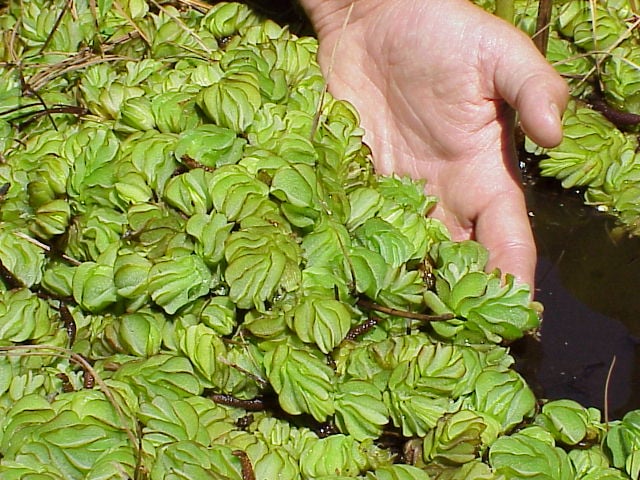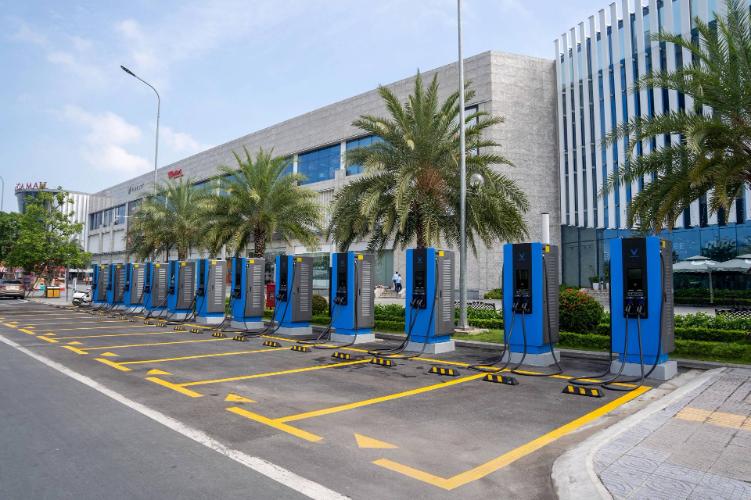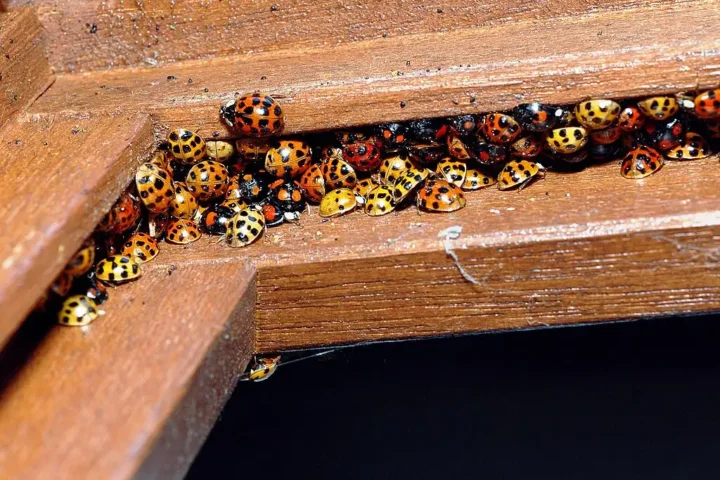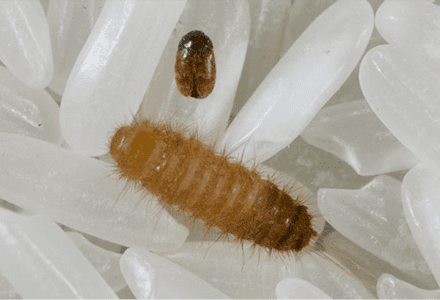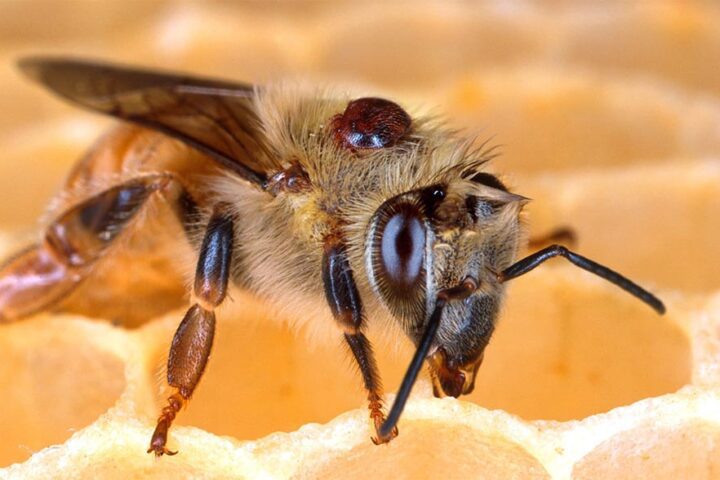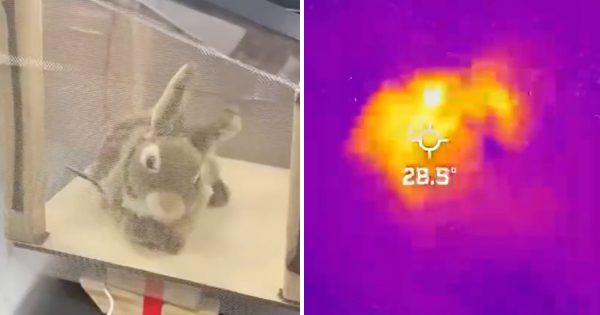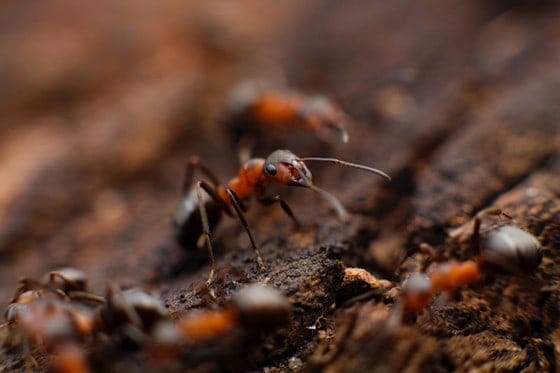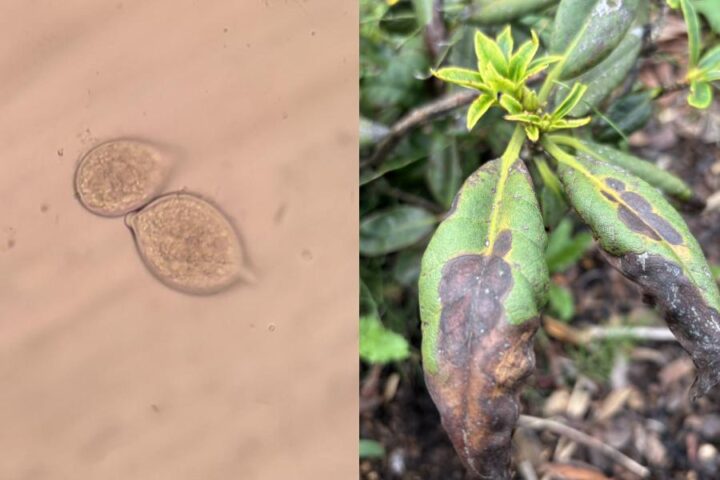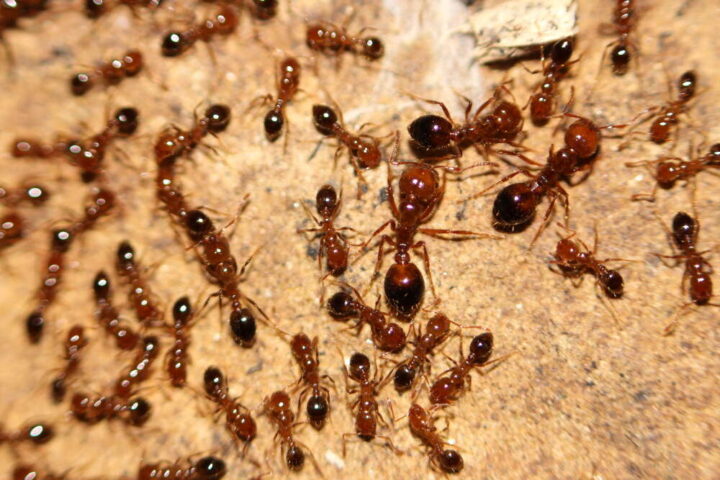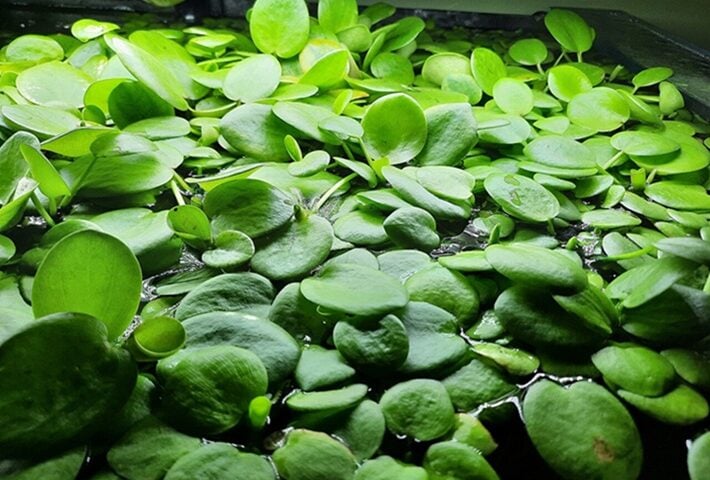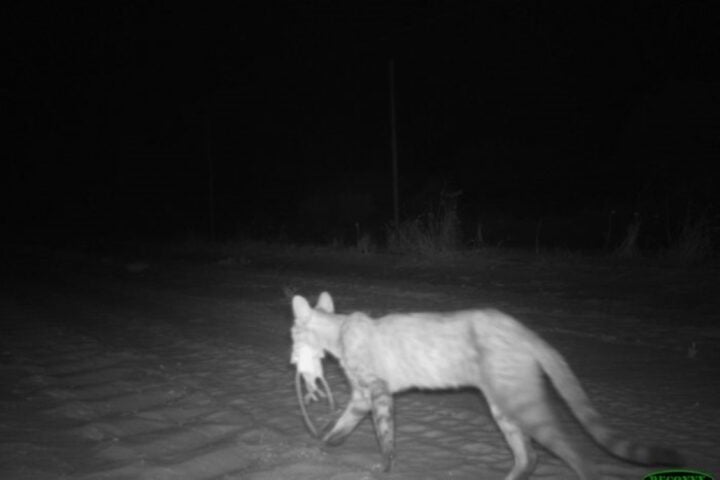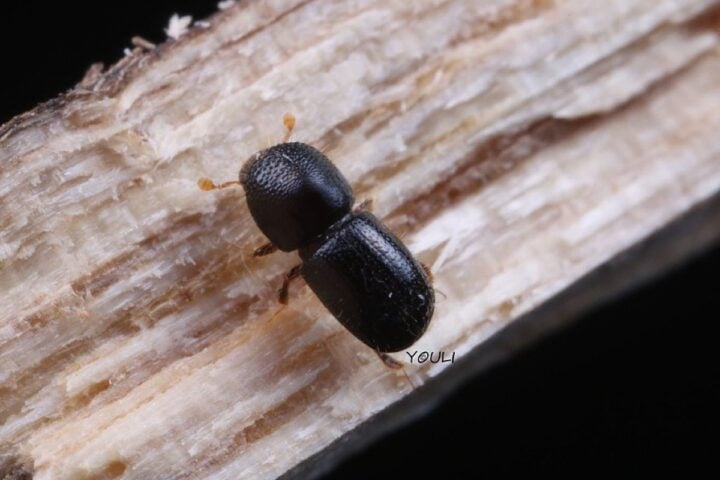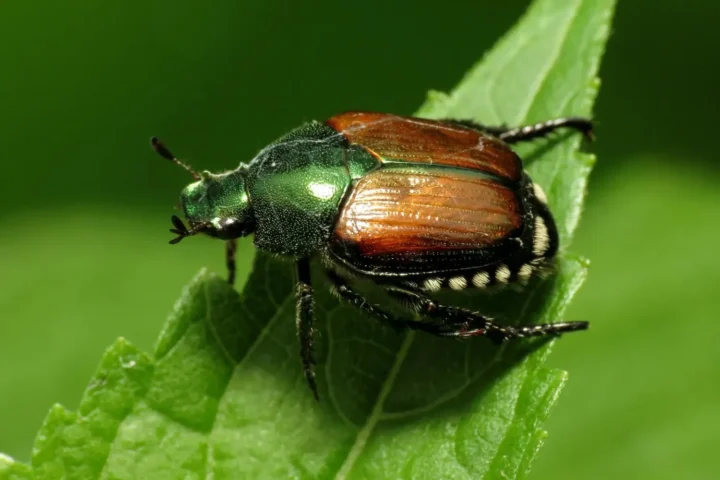Bank anglers can return to Washington County Public Fishing Lake on May 24, following a nine-month closure that allowed state wildlife officials to battle one of nature’s most aggressive aquatic invaders.
The 84-acre lake west of Millry closed on August 5, 2024 after biologists discovered giant salvinia, a floating fern that can double its coverage every two to four days. The Alabama Department of Conservation and Natural Resources used winter drawdown and targeted herbicide treatments to regain control of the invasive species.
The Wildlife and Freshwater Fisheries (WFF) Division of the Alabama Department of Conservation and Natural Resources (ADCNR) will reopen the Washington County Public Fishing Lake in southwest Alabama for bank fishing only on May 24, 2025. There will be no onsite manager at the lake. Water levels remain too low for safe boat launching, keeping the ramp closed until further notice.
The lake at 809 State Lake Road supports multiple fish species that draw anglers from across the region. Fish Species: Bream, channel catfish, crappie, and largemouth bass populate the waters, with strict catch-and-release rules applying to bass. Daily creel limits Bluegill 30; Crappie 30; Catfish 6 remain in effect for other species.
Fishing permits cost $5 daily or $30 annually for anglers 12 and older, beyond the standard state license requirements. The permit price increased from $3 to $5 for 2025, marking the first increase in 16 years.
Giant salvinia represents what conservation scientists call a textbook invasive species crisis. Giant salvinia is one of the most aggressive aquatic plants. This fast-growing invasive species has the potential to double in size every two to four days.
The floating fern creates problems that extend far beyond fishing access. The plant can quickly take over a pond or lake by forming thick mats on the surface of the water that block sunlight and reduce oxygen levels for fish and other beneficial aquatic plants. Like other threats to endangered species habitat, these invasive plants can devastate entire ecosystems.
Native to Brazil, the species spreads through fragments that hitchhike on boats, trailers, and fishing equipment. The sale, transport, and release of the plant are prohibited in the United States by Federal law.
Wildlife biologists employed integrated pest management techniques combining physical and chemical controls. During the closure, WFF Fisheries Section staff lowered water levels to dry out any giant salvinia around the perimeter of the lake. The drawdown lasted through the winter to ensure the exposed plants were destroyed.
The strategy targets the plant’s vulnerability to desiccation and freezing temperatures. Exposed salvinia dies when water levels drop, while remaining surface mats received chemical treatment. Giant salvinia on the lake’s surface were also treated with aquatic herbicide.
Research shows fluridone (Sonar® – a systemic herbicide that is taken up from the water column) and diquat (Reward® – a contact herbicide) effectively control salvinia populations when properly applied by licensed applicators.
The reopening comes with realistic expectations about long-term management needs. The presence of the plant may still remain in the lake but the water level drawdown allows WFF Fisheries Section staff to better control the rapid growth of the invasive plant.
Preventing spread depends heavily on angler cooperation. Conservation experts recommend the “Clean, Drain, Dry” protocol – removing all plant material, draining water from boats and equipment, and allowing gear to air-dry between fishing locations. This approach helps protect water quality and aquatic ecosystems.
Even small fragments can establish new infestations. Research from other states shows how quickly problems escalate when salvinia gains a foothold in new watersheds. Fish behavior studies, like those showing wild fish recognize individual divers, demonstrate the complex relationships between aquatic species and their environments.
Full lake access awaits rising water levels following the winter drawdown. Until water levels reach full pool, only bank fishing will be allowed at Washington County Public Fishing Lake. The lake’s boat ramp will remain closed until the water level increases enough to allow for the safe launching of boats.
Anglers seeking current information can monitor official channels. Updates about the boat ramp will be posted on ADCNR’s website and social media. The WFF Fisheries Section can be reached at (334) 242-3471.
Similar Posts
Washington County’s experience reflects wider invasive species challenges across Alabama’s waterways. Other public fishing lakes have faced similar invasive plant pressures requiring intensive management responses. This situation parallels broader conservation challenges where thousands of endangered species face extinction from various environmental threats.
The state’s 23 public fishing lakes provide accessible angling opportunities while serving as early warning systems for detecting new invasive species introductions. Rapid response to initial discoveries, as demonstrated at Washington County, offers the best chance for successful long-term control.
Recent policy changes affecting endangered species protections underscore the importance of proactive management at the state level. When federal regulations weaken, state conservation efforts become even more critical for protecting aquatic ecosystems.
Biologists continue monthly monitoring to track salvinia regrowth and adjust management strategies. The reopening represents progress in an ongoing conservation effort rather than a final victory over this persistent invasive species.

Wildlife experts note that successful invasive species management requires sustained commitment and adequate funding. Uncontrolled, giant salvinia can overtake aquatic ecosystems and negatively impact outdoor recreation.
Bank fishing resumes May 24 at Washington County Public Fishing Lake, offering anglers a chance to experience restored habitat while contributing to invasive species monitoring through responsible fishing practices. The lake’s recovery demonstrates how science-based management can help aquatic ecosystems recover from invasive species impacts.
